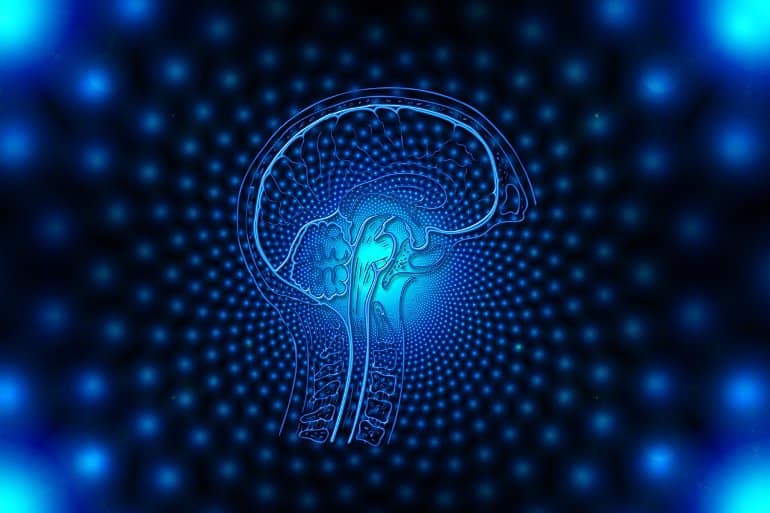Teacher Michael Waldmann, head of Cognitive and Decision Sciences at the University of Göttingen and head of the task, has been reading up causal thinking for a long time.
"Causal thinking assumes a focal part in thinking, for instance in expectations, analyses, clarifications, or arranging activities," says the analyst.
"A comprehension of natural, clinical and actual connections or the development of gadgets, for example, TVs or cell phones would be unimaginable without causal information."
Waldmann was one of the first in mental brain science to resolve whether or not intricate measurable models (particularly causal Bayes nets) give sufficient speculations to clarify ordinary contemplating causality.
"Notwithstanding, causal information can't be communicated exclusively as an organization of measurable relations. Rather, when understanding causal connections, we likewise use information about the hidden components," clarifies Waldmann.
Before we jump into addressing causality numerically, we should respond to a more profound inquiry, what is causality? Causality goes past relationship, or all the more for the most part measurable reliance, to portray the causal associations of a framework. A variable, X, can be said to cause another variable Y, in the event that when all confounders are changed, a mediation in X outcomes in an adjustment of Y, however an intercession in Y doesn't really bring about an adjustment of X [1]. This is rather than connections, which are innately symmetric for example assuming X connects with Y, Y corresponds with X, while on the off chance that X causes Y, Y may not cause X.
The point of this venture is to foster another exact computational hypothesis that incorporates the two informative methodologies inside a bound together model. Specialists from the areas of brain science, reasoning, PC displaying, and humanities will cooperate in this interdisciplinary task. The hypothesis will be exactly tried in a progression of analyses. Notwithstanding exploratory examinations with grown-ups, research projects with youngsters and non-human primates are additionally arranged.
The point of Reinhart Koselleck projects is to offer monetary help for extraordinary analysts with a demonstrated logical history to seek after uncommonly imaginative, higher-hazard projects.
Presently with a formulism close by we can push toward investigating causality numerically. A characteristic beginning spot is causal derivation. The objective of causal derivation is to address questions in light of the causal construction of the issue.
The beginning stage of causal induction is a causal model. As such, you really want to know, at any rate, which factors pay attention to one another. For instance, you could realize that X causes Y, yet not the subtleties of the connection.
Introduction, Understand About Causality

How individuals gain and use information about causal connections is the focal point of another task at the Georg Elias Müller Institute of Psychology at the University of Göttingen. The Reinhart Koselleck project on "Instruments, Capacities, and Dependencies: A New Theory of Causal Reasoning" has been subsidized by the German Research Foundation (DFG). The absolute subsidizing granted is 1.25 million euros, spread north of five years.
Find Doctors / Need a Help ? Contact Us
